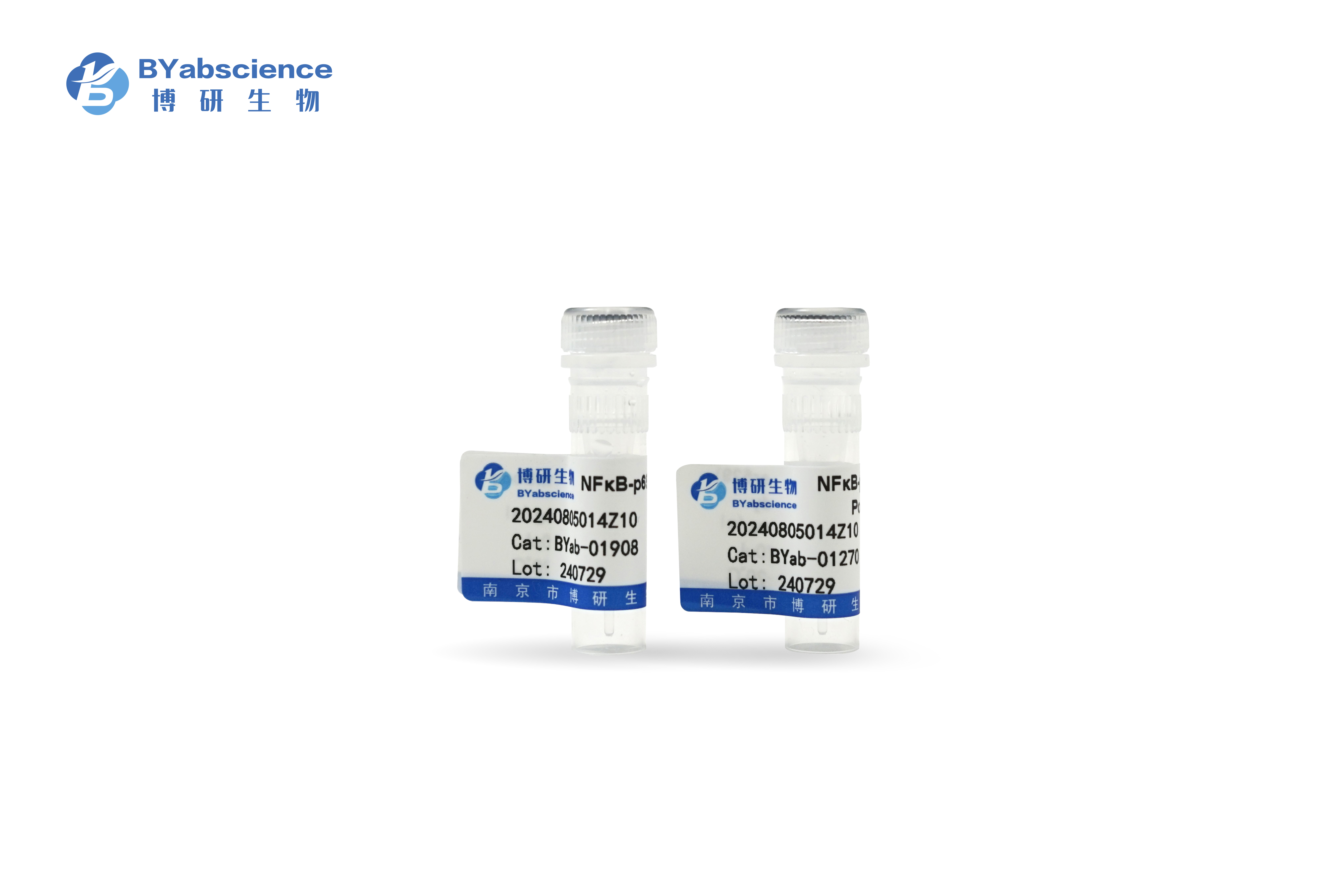免疫原
Purified recombinant fragment of PARL (aa112-167) expressed in E. Coli.
特异性
PARL Monoclonal Antibody detects endogenous levels of PARL protein.
组成(Formulation)
Ascitic fluid containing 0.03% sodium azide,0.5% BSA, 50%glycerol.
稀释比例
Western Blot: 1/500 - 1/2000. ELISA: 1/10000. Not yet tested in other applications.
纯化工艺(Immunogen)
Affinity purification
背景(Background)
This gene encodes a member of the rhomboid family of intramembrane serine proteases that is localized to the inner mitochondrial membrane. The encoded protein regulates mitochondrial remodeling and apoptosis through regulated substrate proteolysis. Proteolytic processing of the encoded protein results in the release of a small peptide, P-beta, which may transit to the nucleus. Mutations in this gene may be associated with Parkinson's disease. [provided by RefSeq, May 2016],
功能
catalytic activity:Cleaves type-1 transmembrane domains using a catalytic dyad composed of serine and histidine that are contributed by different transmembrane domains.,function:Required for the control of apoptosis during postnatal growth. Essential for proteolytic processing of an antiapoptotic form of OPA1 which prevents the release of mitochondrial cytochrome c in response to intrinsic apoptoptic signals (By similarity). Promotes changes in mitochondria morphology regulated by phosphorylation of P-beta domain.,PTM:P-beta is proteolytically processed (beta-cleavage) in a PARL-dependent manner. The cleavage is inhibited when residues Ser-65, Thr-69 and Ser-70 are all phosphorylated.,similarity:Belongs to the peptidase S54 family.,subcellular location:Translocated into the nucleus by an unknown mechanism.,subunit:Interacts with PSEN1 and PSEN2. Binds OPA1.,






